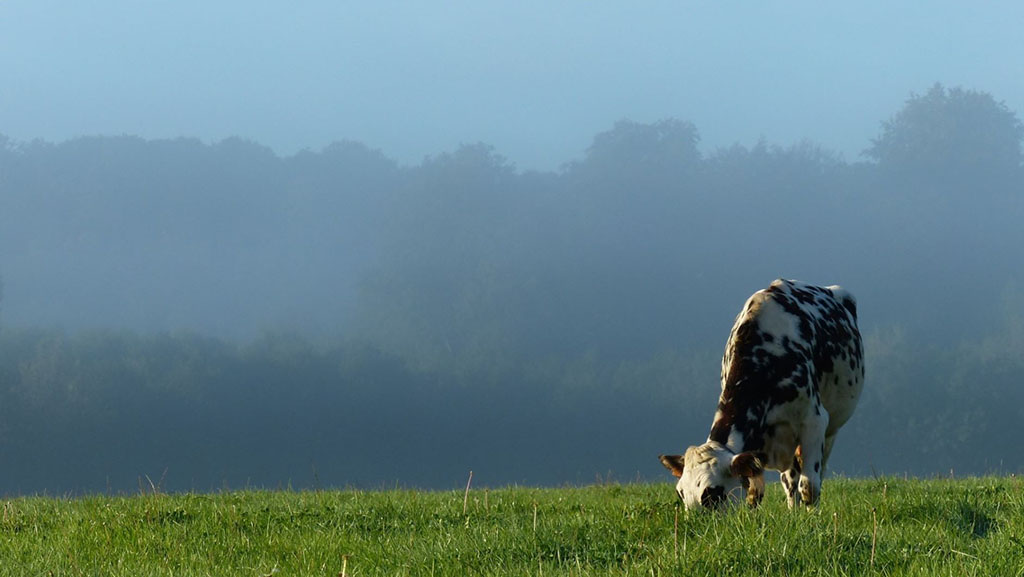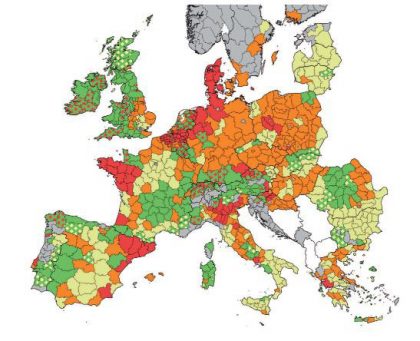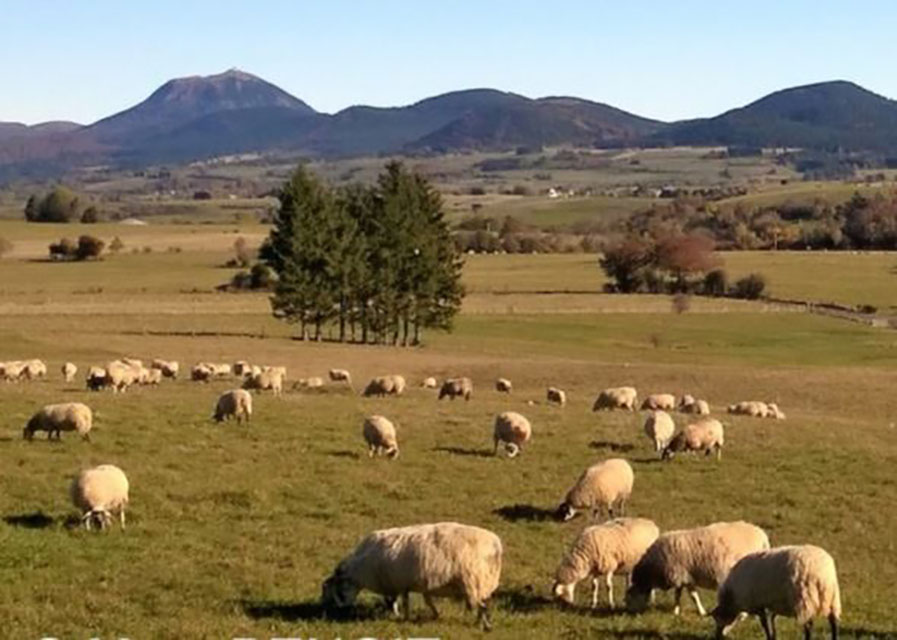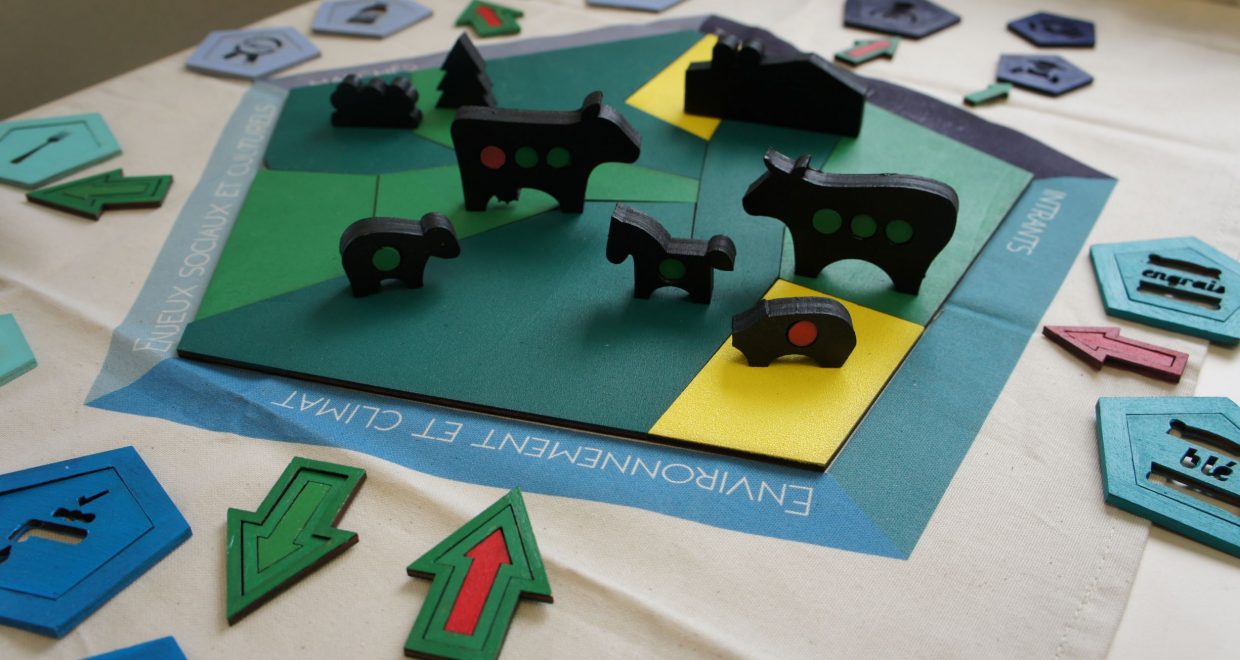Searching for a more balanced livestock debate
The special topic in August’s issue of animal is Multicriteria assessment of livestock systems using a graphical tool

While the world has limits, the global population is growing, along with an increased demand for food. With these facts in mind, global food security, while preserving the planet are two interconnected world priorities.
As a result of the increasing demand for meat and milk at a global scale, livestock farming faces unprecedented pressures to alleviate its negative impacts on the environment. Since the publication of the FAO report ‘Livestock’s Long Shadow’ in 2006, livestock production and the consumption of animal products have received particular attention in the news and scientific media. But do these considerations ever come to a real debate? Nothing is less certain.
On ethical grounds, vegans reject livestock farming totally, while in the mainstream, the idea that eating less meat is good for humans and the planet gains favour.
Both of these groups cause concern for the food and farming industry that highlight the negative effects such opinions could have on livestock business and economic growth in the agricultural sector.
It is clear that those with vested interests are often reluctant to see the whole picture. Pedagogy is thus needed in order that a full debate can occur in a constructive way.
 Using a broad literature review as a starting point, we map livestock production areas across Europe. In each area, we summarize the ecological and socio-economic aspects of livestock farming by explicitly representing their multiple services and impacts in a simple yet informative way. Because of its pentagonal appearance, we call our tool the ‘barn’.
Using a broad literature review as a starting point, we map livestock production areas across Europe. In each area, we summarize the ecological and socio-economic aspects of livestock farming by explicitly representing their multiple services and impacts in a simple yet informative way. Because of its pentagonal appearance, we call our tool the ‘barn’.
The first key message: there is a huge diversity in the impacts and services provided by livestock farming across Europe. Using the barn framework, it is possible to quickly identify synergies and trade-offs between production levels, employment opportunities, cultural services such as gastronomy or transhumance, and environmental impact. This includes those occurring far away, such as the deforestation of the Amazon for cultivating soybean as a livestock feed.
Whether easy or difficult to quantify, the inclusion of a number of environmental, social and cultural variables acknowledges their individual importance. With differing arrow sizes, the barn allows end-users to visualise the relative importance of all variables. Services are represented by green arrows, negative impacts by red arrows.
The second key message: none of the barns have only red arrows, but some do have far more green arrows. This reveals that options exist to come to win-win solutions, balancing productive, environmental and societal goals. Additionally this promises exploratory scenarios to evaluate the consequences of alternative strategies that break away from current production, legislation, and consumption patterns.
All parties can share their view on any of the trade-offs, coordinations, or scenarios that are visualised using the barn. Decisions and priorities that lead to a more global and unified view of the entire livestock picture can be discussed, to help identify transition pathways for improving livestock sustainability in the future.
These articles, part of the Special Topic in the August Issue – Volume 13, Issue 8, are freely available open access: Review: An integrated graphical tool for analysing impacts and services provided by livestock farming and Review: Associations among goods, impacts and ecosystem services provided by livestock farming







